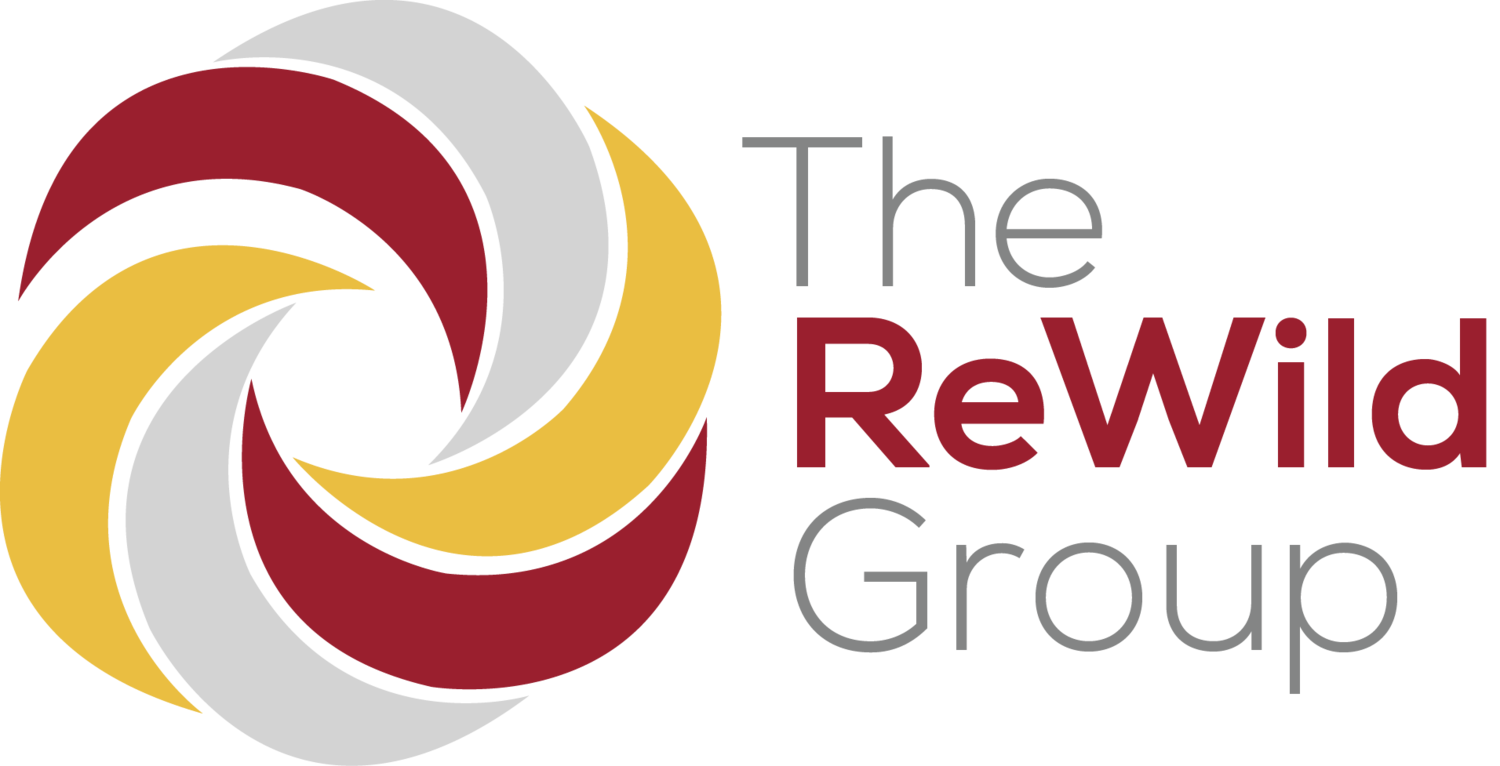
The ReWild Group Blog
The Three Faces of a Leader – Stage 2
In Stage 2, the leader is ideally spending 40 percent of their time and energy wearing the Visionary Face, 20 percent wearing the Manager Face, and 40 percent wearing the Specialist Face.
Gates of Focus in a Stage 2 Business
A Stage 2 company’s Gates of Focus are Profit first, Process second, then People third.
Builder-Protector Ratio in a Stage 2 Company
In Stage 2, the ideal Builder-Protector Ratio is 3:1, which means there is three times the amount of confidence as there is caution in the organization. The other way to understand the 3:1 Builder-Protector Ratio is that 75% of the team are Builders, while 25% are Protectors. An organization with a 3:1 Builder-Protector Ratio exhibits a very high level of confidence.
Leadership Style Blend in a Stage 2 Business
A Stage 2 leader captains the team, exemplifies a standard of high performance, and exerts influence to achieve success. This ideal blend results in the best of both worlds: a team that is being developed and encouraged by a leader who demonstrates high performance and conclusive decision-making.
The challenge of hiring quality people - Stage 2
A Stage 2 business has between 11-19 employees. One of the top five challenges businesses of this size face is hiring quality people. A Stage 2 business is beginning to move away from hiring generalists to hiring more specialized talent. This marks a significant shift in procedures which can be difficult to get right—especially if the company is growing rapidly.
Stage 2: Ready to Ramp Up?
When a company has grown to 11 – 19 employees, survival mode is quickly replaced with growth as the top priority. This is called Stage 2, or Ramp Up.
















